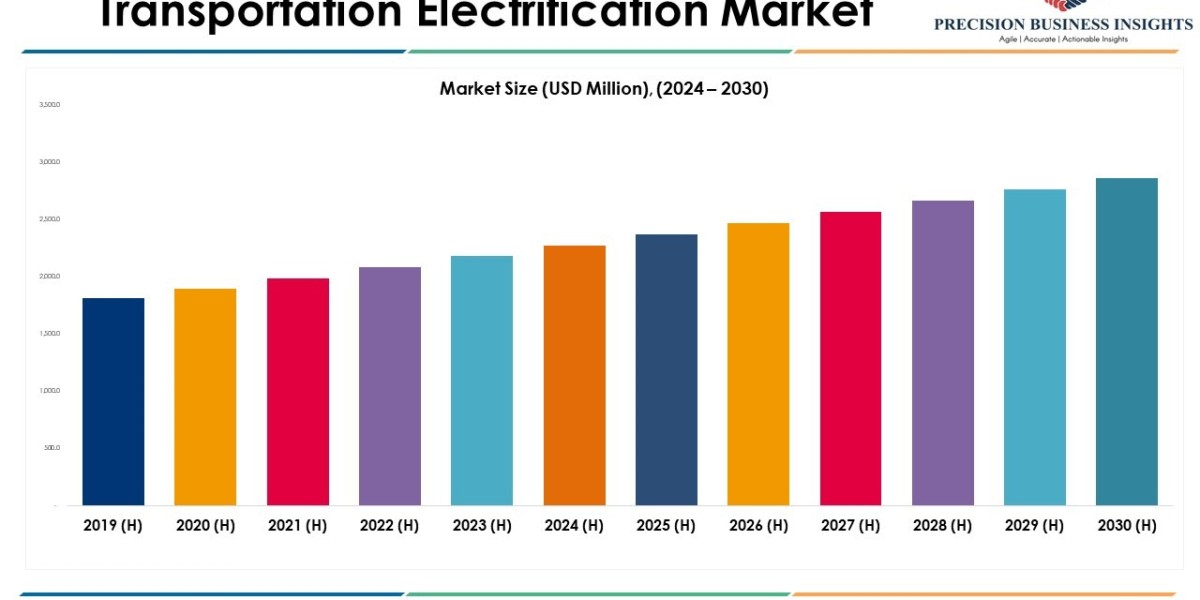Although digital communication dominates the business world, the humble business card still holds its place as an essential tool for professionals. Whether you're attending networking events, meeting potential clients, or adding a personal touch to your branding, a well-designed business card can make a lasting impression and serve as a tangible reminder of your interaction.
This guide will walk you through everything you need to know about business card printing. From design tips to choosing the best printing options, you'll learn how to create a card that reflects your brand while standing out in a stack of competitors.
Why Are Business Cards Still Relevant Today?
Despite the myriad of digital alternatives available, physical business cards continue to thrive for several reasons:
- Tangible Branding: A Business cards Printing is a physical representation of your brand. It communicates more than just your contact information; it reflects your values, personality, and professionalism.
- Memorability: People are more likely to remember a person or brand when they have something tangible like a business card to associate with the experience.
- Convenience: Exchanging business cards is quick, easy, and doesn’t rely on Wi-Fi or apps. They're especially useful in face-to-face networking settings.
- Professionalism: Handing over a sleek, well-designed card demonstrates that you're prepared and serious about making a lasting impression.
The Elements of a Perfect Business Card
When designing a winning business card, there are several elements you need to consider.
1. Essential Information
Your business card needs to provide the recipient with the details they’ll need to reach you. This information includes:
- Your name and job title.
- Company name and logo.
- Contact information (e.g., phone number and email address).
- Website URL and, if applicable, social media handles.
Striking a balance is key here. Too much information can make your card look cluttered, while too little can leave the recipient confused.
2. Design and Visual Appeal
Your business card’s design can speak volumes about your brand and professionalism. Pay attention to the following aspects:
- Colors: Choose a color palette that aligns with your branding. Keep in mind that bold colors can make your card stand out, but overly flashy choices may come off as unprofessional.
- Typography: Opt for clean, easy-to-read fonts. Use size and weight to emphasize key details like your name and company.
- Layout: A visually balanced layout ensures your information is readable and organized.
- Logo: Your company logo should feature prominently without overwhelming the design.
3. Material Choices
Your choice of material can significantly impact the perception of your business card. Here are common materials and their associated qualities:
- Standard Cardstock: Affordable and versatile, this is a solid option for most businesses.
- Premium Paper: Elevates the perceived quality of your card.
- Plastic or Metal: Perfect for making a bold statement and leaving a lasting impression.
- Eco-Friendly Options: Recycled paper or biodegradable options can align with sustainable values.
4. Size and Shape
While the standard size for business cards is 3.5 x 2 inches, you’re not limited to this format. Unique shapes (e.g., square, round corners, or mini cards) can help your card stand out. However, bear in mind that non-standard sizes may not fit into wallets or cardholders, which could make them less convenient for recipients.
5. Finishing Touches
Special finishes can elevate the design of your business card:
- Glossy or Matte Coating: Glossy cards are vibrant and eye-catching, while matte offers a sleek, modern look.
- Foil Stamping: Adds a polished, high-end touch to logos or text.
- Spot UV Coating: Uses a glossy finish on specific areas for contrast and emphasis.
- Embossing or Debossing: Creates raised or recessed details for tactile sophistication.
Choosing the Right Printer for the Job
Once your design is finalized, choosing the right printing service for your business cards is crucial. Here are the main types of printing methods and their benefits:
1. Digital Printing
- Ideal for short runs and tight budgets.
- Offers fast turnaround times and consistent quality.
- Best for standard card designs without intricate textures or finishes.
2. Offset Printing
- Produces high-quality and sharp results.
- Cost-effective option for large print runs.
- Allows for unique customizations, like specialty inks and materials.
3. Letterpress Printing
- Often used by luxury brands due to its classic, upscale feel.
- Creates an impression on the card’s surface for a tactile experience.
- More expensive and typically used for small print runs.
4. Online Printing Services
- Convenient and budget-friendly.
- Many online platforms (e.g., Vistaprint, Moo, or Canva) offer pre-designed templates and customization options.
- Be sure to review proof samples and check reviews to ensure quality.
Tips for Making a Lasting Impression
A beautifully designed business card is just the beginning. The way you present your card also impacts the impression you make.
- Be Selective: Only hand out your business card when it’s genuinely relevant. This ensures it lands in the hands of people who will find it useful.
- Keep Them Accessible: Invest in a quality cardholder to keep them clean and professional-looking.
- Add a Personal Touch: Consider writing a short, handwritten note on the back of the card for a personal connection.
- Leverage Dual-sided Prints: Use the back of your card for additional value, like showcasing a QR code, a tagline, or a meaningful graphic.
Mistakes to Avoid
When creating and distributing business cards, watch out for these common pitfalls:
- Overly Cluttered Design: Stick to the essentials and ensure there’s enough white space.
- Unreadable Text: Avoid decorative fonts or colors that reduce readability.
- Cheap Materials: A flimsy card can undermine your professionalism.
- Outdated Information: Always double-check that your contact details are current.
- Giving Out Too Many: Handing out cards indiscriminately can dilute their impact.
When to Update Your Business Card
Regularly updating your business card ensures it remains relevant and effective. Consider revising your card design when:
- You rebrand or update your company logo.
- Your contact details change.
- You want to keep up with design trends or experiment with new finishes and materials.
- You receive feedback suggesting your card could be more impactful.
Business Cards in the Digital Age
While business cards are inherently physical, integrating digital features can add a modern flair:
- QR Codes: Link directly to a digital portfolio, website, or social media profile.
- AR Technology: Use augmented reality tools to create interactive cards that "come to life" with animations or videos when scanned.
- Digital Backups: Offer virtual business cards through apps like HiHello or CamCard, which complement physical ones.
Start Designing a Card that Represents You
Your business card is more than just a piece of paper; it’s a tool to build connections and leave a lasting impression. By focusing on thoughtful design and professional printing options, you can create a card that reflects your brand and helps you stand out in any networking scenario.
At the end of the day, the perfect business card combines creativity, quality, and utility. Whether you opt for clean minimalism or bold and creative styles, the key is to align the design with your brand's identity.
Take the first step in creating memorable business cards today, and remember, every connection starts with a single card.









